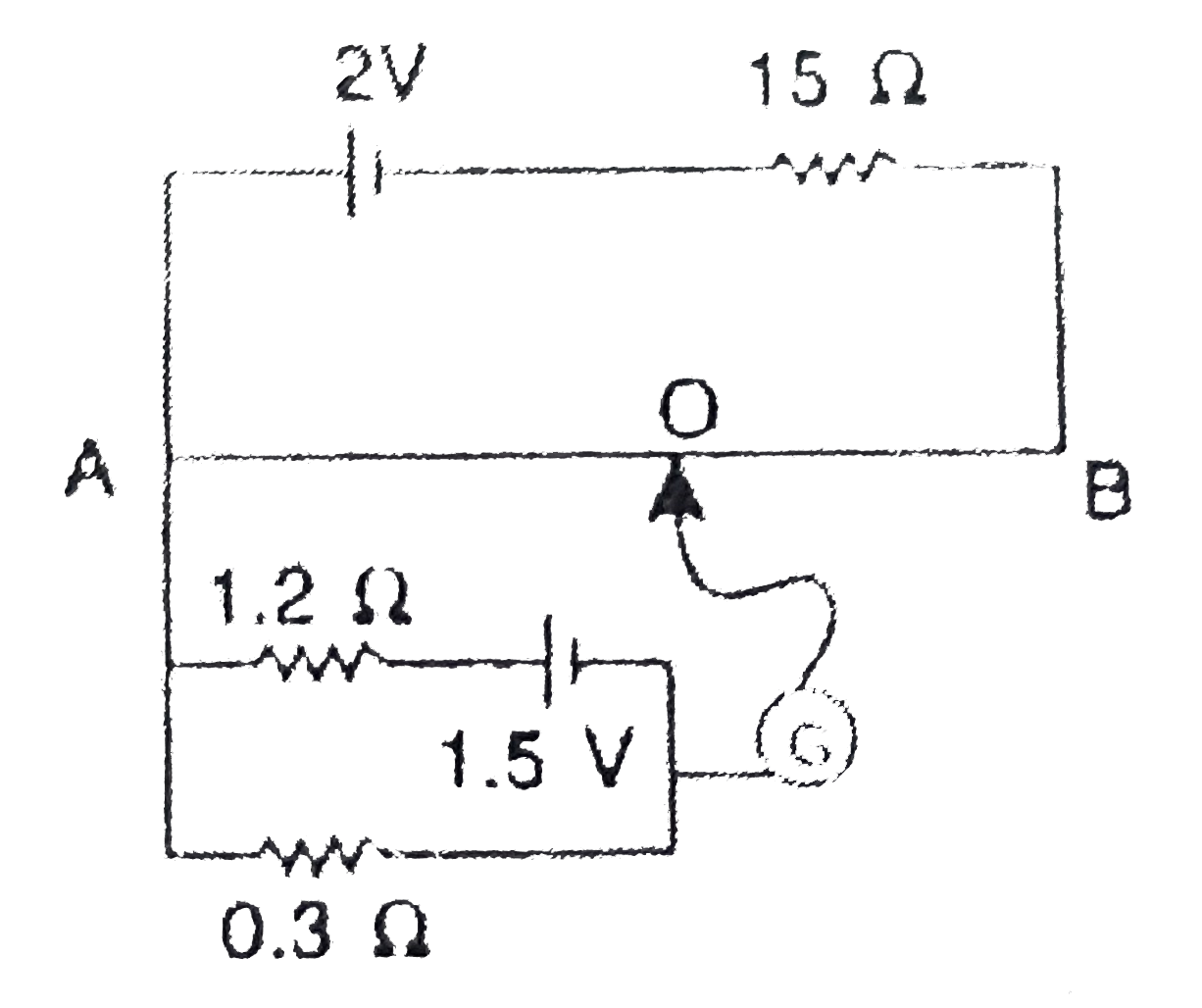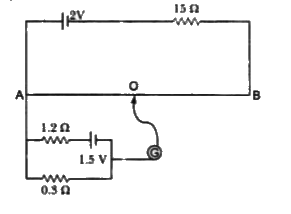Complete Solutions to SECTION - E of chapter CBSE EXAMINATION PAPER - 2016 of Class 12 book with complete answers and questions
| Class 12 | PHYSICS |
| Chapter | CBSE EXAMINATION PAPER - 2016 |
| SUPPORT MATERIAL | SECTION - E |
| Number Of Questions | 17 |
| Academic Year | 2023-24 |
An ac source of voltage `V = V_ 0sin omegat` is connected to a series combination of L, C and R. Use the phasor diagram to obtain expressions for impedance of the circuit and phase with the voltage. What is circuit in this condition called?
04:11View SolutionIn a series `L_R` circuit `X_L = R` and power factor of the circuit is `P_1` . When capacitor with capacitance C such that `X_L = X_C` is put in series, the power factor becomes `P_2` . Calculate `P_1/P_2`
01:52View Solution(i) Write the functions of a transformer . State its principle of working with the help of the a diagram mentions various energy losses in this divice .
(ii) The primary coil of an ideal step up transformer has 100 turns and transformation ratio is also 100. The input voltage and power are respectively 220 V and 1100w. Calculate
(a) number of turns in secodary
(b) current in primary
( c) voltage across secodary
(d) current in secondary
( e) power in secondary15:21View Solution(i) Write the functions of a transformer . State its principle of working with the help of the a diagram mentions various energy losses in this divice .
(ii) The primary coil of an ideal step up transformer has 100 turns and transformation ratio is also 100. The input voltage and power are respectively 220 V and 1100w. Calculate
(a) number of turns in secodary
(b) current in primary
( c) voltage across secodary
(d) current in secondary
( e) power in secondary15:21View Solution(i) Write the functions of a transformer . State its principle of working with the help of the a diagram mentions various energy losses in this divice .
(ii) The primary coil of an ideal step up transformer has 100 turns and transformation ratio is also 100. The input voltage and power are respectively 220 V and 1100w. Calculate
(a) number of turns in secodary
(b) current in primary
( c) voltage across secodary
(d) current in secondary
( e) power in secondary15:21View Solution(i) Write the functions of a transformer . State its principle of working with the help of the a diagram mentions various energy losses in this divice .
(ii) The primary coil of an ideal step up transformer has 100 turns and transformation ratio is also 100. The input voltage and power are respectively 220 V and 1100w. Calculate
(a) number of turns in secodary
(b) current in primary
( c) voltage across secodary
(d) current in secondary
( e) power in secondary15:21View Solution(i) Write the functions of a transformer . State its principle of working with the help of the a diagram mentions various energy losses in this divice .
(ii) The primary coil of an ideal step up transformer has 100 turns and transformation ratio is also 100. The input voltage and power are respectively 220 V and 1100w. Calculate
(a) number of turns in secodary
(b) current in primary
( c) voltage across secodary
(d) current in secondary
( e) power in secondary15:21View Solution(i) Write the functions of a transformer . State its principle of working with the help of the a diagram mentions various energy losses in this divice .
(ii) The primary coil of an ideal step up transformer has 100 turns and transformation ratio is also 100. The input voltage and power are respectively 220 V and 1100w. Calculate
(a) number of turns in secodary
(b) current in primary
( c) voltage across secodary
(d) current in secondary
( e) power in secondary15:21View SolutionIn Young’s double slit experiment, deduce the condition for (a) constructive, and (b) destructive interference at a point on the screen. Draw a graph showing variation of intensity in the interference pattern against position ‘x’ on the screen.
03:13View SolutionCompare the interference pattern observed in Young’s double slit experiment with single slit diffraction pattern, pointing out three distinguishing features.
View SolutionPlot a graph to show variation of the angle of deviation as a function of angel of incidence for light passing through a prism. Derive an expression for refractive index of the prism in terms of angle of minimum deviation and angle of prism.
View SolutionWhat is dispersion of light? What is its cause?
View SolutionDefine the term drift velocity
View SolutionOn the basis of electron drift, derive an expression for resistivity of a conductor in ten density of free electrons and relaxation time. On what factors does resistivity of a conduc
View SolutionWhy are constantan and manganin used for making standard resistances ?
02:20View Solution(i) State the principle of working of a potentiometer.
(ii) In the following potentiometer circuit AB is a uniform wire of length 1 m and resistance `10Omega`
Calculate the potential gradient along the wire and balance length AO (=l)
 07:05View Solution
07:05View SolutionIn the following potentiometer circuit AB is a uniform wire of length 1 in and resistance R the potential gradient along the wire and balance length AO (= l).
 View Solution
View Solution
SECTION - E questions and complete solutions for chapter CBSE EXAMINATION PAPER - 2016 of CBSE COMPLEMENTARY MATERIAL PHYSICS (HINGLISH) of Class 12
